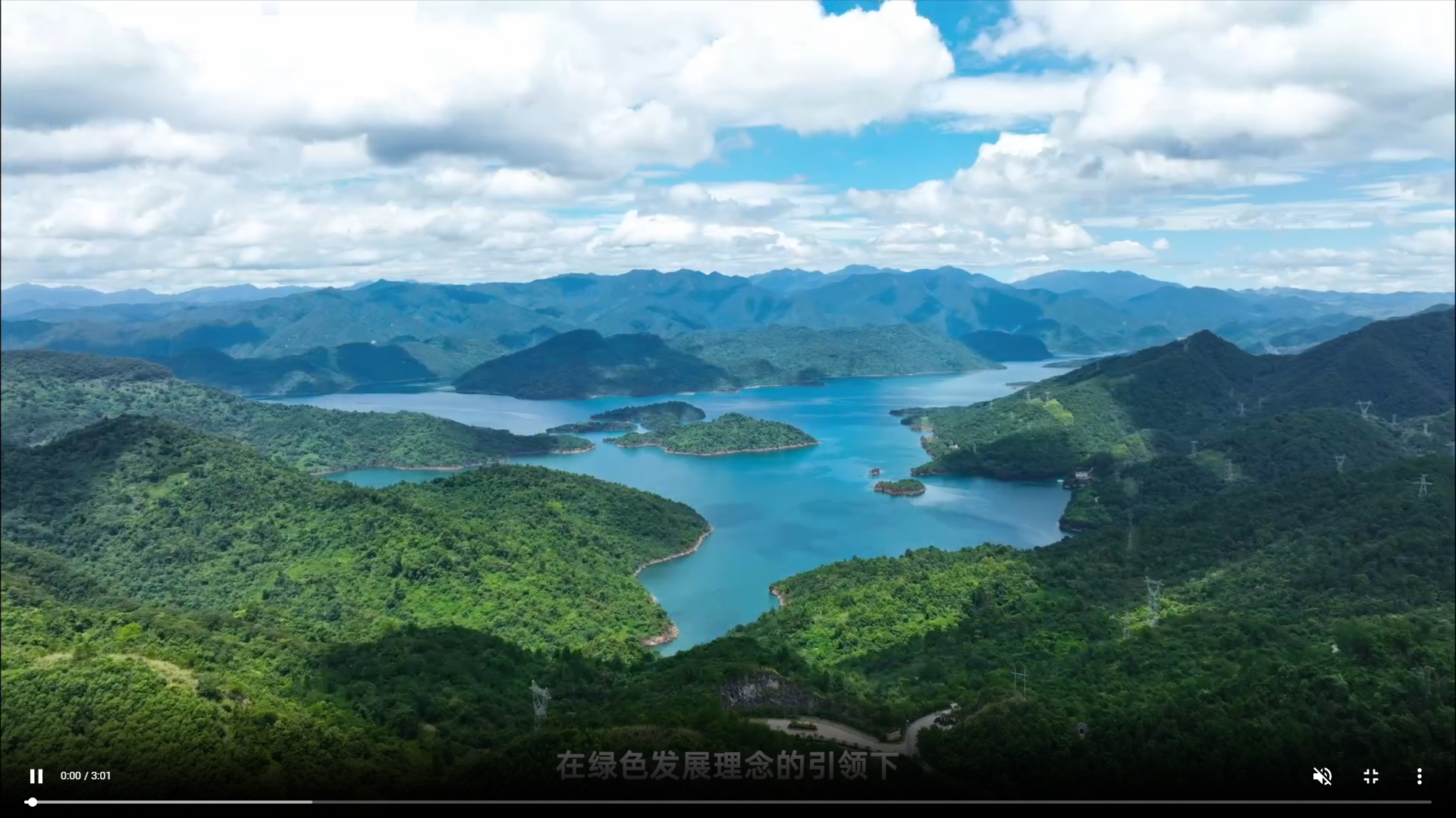Considerations for selecting and using submersible pumps
Release time:
2024-06-20
In the selection and use of submersible pumps, submersible pumps should be correctly selected according to their own working conditions. When selecting submersible pumps, flow, head and installation methods should be considered. Only when the selected head is close to the actual required head can the pump be Energy-saving operation, improper selection will have a great impact on the operation of the pump.
In the selection and use of submersible pumps, submersible pumps should be correctly selected according to their own working conditions. When selecting submersible pumps, flow, head and installation methods should be considered. Only when the selected head is close to the actual required head can the pump be Energy-saving operation, improper selection will have a great impact on the operation of the pump.
Reduce the pump flow does not rise and does not drain, improve the submersible pump when it works. The mechanical friction is large, the submersible pump is damaged, the flow is too large, the motor is overloaded, the winding temperature rises for a long time, the insulation layer is aging, and the motor is burned out.
When many users choose a submersible pump, they usually think that they should choose a pump with a much higher lift than the actual working condition. In fact, this idea is wrong.
If the head difference between the selected pump and the actual working condition is more than 10 meters, it will cause the flow of the submersible pump to be too large, and the pump motor will be current for a long time, which will easily cause the motor to burn. This should be noted.
What should I pay attention to when using a small submersible pump?
1. Install a leakage protector, which is also called a lifeguard. Its function can be understood from the words "lifeguard". As the submersible pump works underwater, it is easy to leak electricity, resulting in power failure and even electric shock accidents. If a leakage protector is installed, as long as the leakage value of the submersible pump exceeds the operating current value of the leakage protector (generally not more than 30mA), the leakage protector will cut off the power supply of the submersible pump to avoid leakage and waste of electric energy.
2. If the power supply voltage is abnormal, please do not start the machine. As the rural low-voltage power supply line is relatively long and the line terminal voltage is too low, when the phase voltage is lower than 198V and the line voltage is lower than 342V, the speed of the submersible pump motor will drop. When it is lower than 70% of the rated speed, the starting centrifugal switch will close, resulting in long starting winding time heating, burning out windings and capacitors. On the contrary, therefore, when the submersible pump is running, the operator should observe the voltage value of the power supply at any time, which is lower than 10% of the rated voltage and higher than 10% of the rated voltage. The motor should be stopped to find out the cause and eliminate the fault.
3. Avoid frequent switching and do not switch the submersible pump frequently. This is because the electric pump will generate backflow when it stops running. If it is turned on immediately, the motor load will be started, resulting in excessive starting current and burning out the winding. Frequent startup will burn out the motor winding of the submersible pump.
4. In order to avoid long-term overload of the submersible pump, do not pump water with high sediment concentration, and observe whether the current value is the value specified on the nameplate at any time. If the current is too large, stop and check. In addition, the dehydration operation time of the electric pump should not be too long to avoid overheating and burning of the motor.
All right, let's talk about it. Thank you for watching. Let's see you next time.
Key words:
Related News





